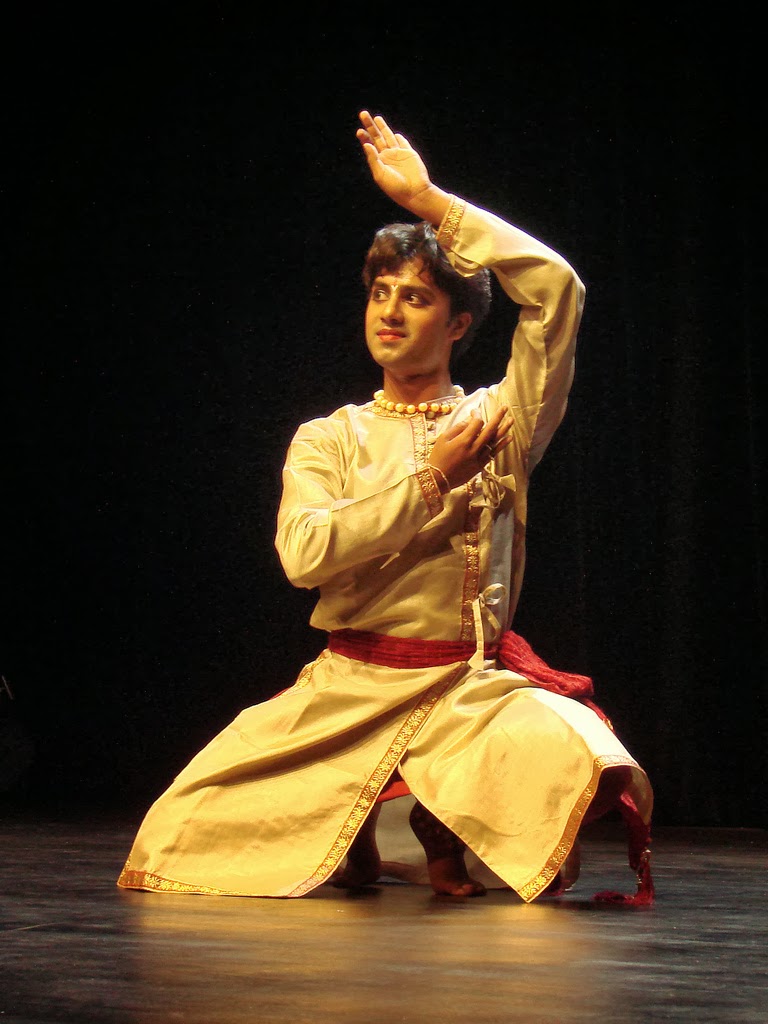Classical Indian dance is unique for its own style. As everything else in India, dance also follows the rule of unity in diversity, with its multitudinous forms originating from a single root.
Do give your feedback in the comments section below.
All dance provides entertainment and refreshes our tired senses.
Indian classical dance has an additional, more subtle and a deeper quality. That is, the spiritual essence imbibed in every movement, every step and every rhythm.
In order to clearly observe this special quality, one must certainly have a knowledge of what the various intricate gestures symbolise and also a thorough awareness of the many mythological tales that are depicted in the dance. This is because the basis of Indian classical dance is devotion and to be one with the deity being depicted. And the easiest way to do so is not by placing the deity high above in the heavens, but by making the deity one amongst us.
That is where mythology comes in place. Many of the modern day rationalists might vehemently argue over the credibility of such tales. But it is through these seemingly simple and irrational tales that the godhead paves his way into the heart of the devotee. It is by assigning human qualities and all the limitations that we share, to the deity and depicting that the deity has surpassed all difficulties and obstacles as a human and not as some god with super powers, that we feel much closer and can identify with the deity and try to take him as an example to move forward. If devotion and sincerity were added to this feeling of identification, that would result in a profound spiritual experience.
To be conscious of the spiritual essence itself demands one to be out of all prejudice and observe the dance with the mind as a blank page and the knowledge of the dance and its details in the background.
If that can be achieved, one no longer observes the dancer on the stage portraying various characters, but the characters expressing themselves through the dancer. And as this observation deepens, an atmosphere is built in the mind of the spectator, with his imagination as a key contributor and the whole scene comes to life and a connection is formed between the deity being portrayed and the spectator.
This also depends upon the skill of the dancer to identify himself with what he portrays and the ease of his movements. A dancer too conscious of his own movements often fails to create the atmosphere that supports the identification.
The spiritual aspect of the dance though its most profound quality, is not the only one. There is also beauty of the form, grace in the movements, accuracy in the rhythm, and specificity in the expression.
All of this coupled with vibrant costumes, enthralling music, song, the stringed, percussion and wind instruments combined, will surely be a magnificent experience for the one who knows how to savour the nectar of the Indian classical dance.
Do give your feedback in the comments section below.






No comments:
Post a Comment